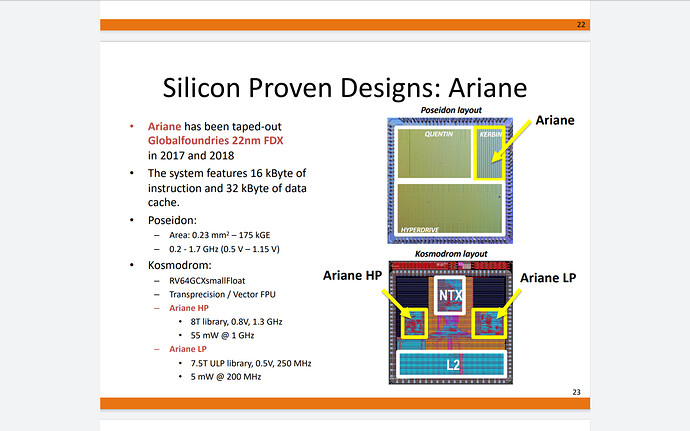Hi, sorry for asking this uber-newbie question, but how is an RTOS not like a linux OS?
Since microcontrollers do not have MMUs, I know they aren’t user-space compatible. But some things like uclinux can run with Busybox+FLTK in external memory. If RIOT-OS has ipv6, SSL & TCP capabilities, could this be used to run a lite web-browser like https://www.dillo.org?
From what I’ve read, “Linux on the other hand, uses a scheduler, which guarantees a fair distribution of processing time. The programming models in Contiki and TinyOS are based on the event driven model, in a way that all tasks are execute within the same context, although they offer partial multi-threading support.” https://medium.com/@manjunathperiyapatna/riot-os-58cbf1005baf
Also, some work has been done recently on some other RISC-V processors: https://www.cnx-software.com/2020/02/17/how-to-build-run-linux-on-kendryte-k210-risc-v-nommu-processor/
However, I understand from the comments that secure-boot is one of the protections that more PCs use today. Some of the extra security features are mentioned here: https://jaycarlson.net/embedded-linux/
One of the reasons I am interested in RTOS-es is the ability to have custom images loaded from a multi-boot drive like X-boot. Since I’d like the run the RTOS entirely in RAM, analagous to Raspup(Puppy Linux), it would be interesting if I could load an image of a user-space linux OS onto a microcontroller with sufficient RAM, having selected an image a single program- such as LibreWriter. Then if I wanted to use Okular to view PDFs, I’d reboot another image with just Okular. microSDs can store GBs so having 100 images for 100programs would be the easy part. Alternatively, a package manager like http://www.davisr.me/projects/rcu/ could store the apps on the external drive like http://www.davisr.me/projects/remarkable-microsd/. I’m curious as a proof of concept, because I’d like to try building a solar powered laptop based on something like the Apollo3 Blue board, which has been used to run a Gameboy on solar and pressing buttons (similar to regenerative braking on a Prius) https://www.freethegameboy.info/
" No ARM MCUs we are aware of contain on-chip fast, byte-addressable non-volatile memory—such as FRAM—serving as a main memory. Only slow and energy-expensive FLASH memory is present. A fast, byte addressable non-volaitile memory is crucial to enable saving and restoring state in spite of power failures. To enable this, we equipped our battery-free console with an external dedicated FRAM IC. Our choice of MCU was the Ambiq Apollo3 Blue ARM Cortex-M4 operating at a clock frequency of 96 MHz, chosen for its best-in-class energy efficiency."
I am writing about this project here: https://forum.ei2030.org/t/e-ink-low-power-cpu-solar-power-3-sides-of-the-same-lid/82/3 Thanks for reading! Suggestions welcome
